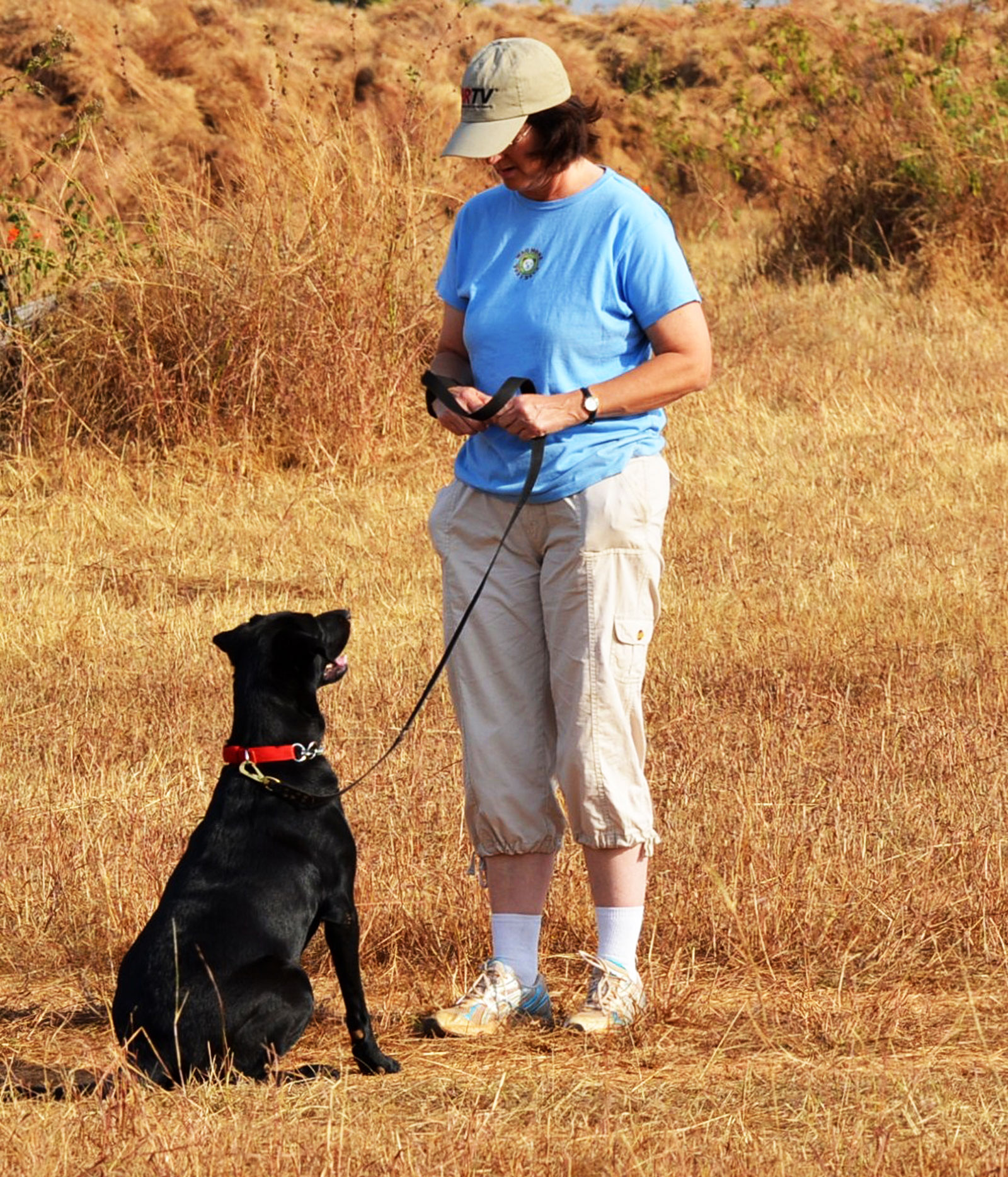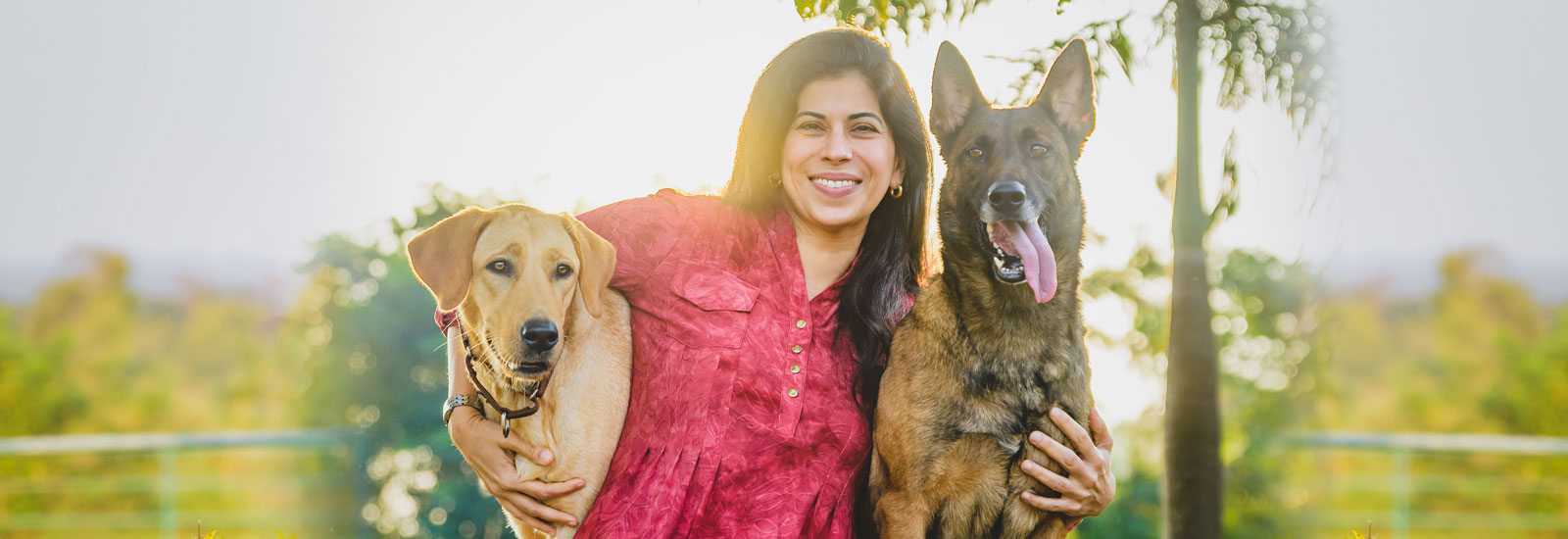
Timing, timing, timing
A good dog trainer understands that dogs have a two second ‘association period’ within which they associate an act to a reward or a punishment – if you reward a dog after the two seconds, it just won’t connect the reward with the act. Now considering that you only have two seconds to react to your dog’s behaviour you have to be very quick on the draw. This is especially so when you are teaching a command. For example, you ask your dog to sit and you manually push him into position to teach him. By the time you reach into your pocket for the treat and give it to him, the moment has already passed. If by then he stands up, he will connect the treat to standing and not sitting. At this rate, he will learn to sit after very long – if at all.
Dogs, unlike kids, do not have the power of reasoning. It’s easier to explain consequences of good and bad behaviour to a child because children have the power of reasoning; you can tell a child to be good and when you get home you will reward the good behaviour with a chocolate. But you can’t do that with a dog – he has no concept of future rewards. For him, the reward must be immediate.
This is why it’s fruitless to scold a dog hours after he has been naughty – he doesn’t connect the act of being naughty with your punishment, all he learns is that you have a nasty temper.
No gain with pain
Never try hit a dog when training it; not only does it hurt, but the pain also causes your dog to fear you and get put off with the training. Over a period of time, the dog loses trust in his owner because he connects the owner to the pain. With kinder methods of training now prevalent, hitting is a thing of the past. Figure where a marine animal trainer would be if she tried to spank a killer whale for not behaving? In the mammal’s tummy for sure! If a marine animal trainer can train a killer whale to jump through hoops, summersault in the air and even give a kiss without using any negative methods, then think how easy it must be to train a dog using the same methods. The bottom line is … brow beating and pain should not be used when teaching an animal.
Patience is more than just a virtue
Communicating with another species is an art by itself. And the charm of getting through and getting an animal to understand what you are trying to say is amazing. Try it and see. But as any parent would tell you, raising children requires oodles of patience and the same goes for our canine family members. Don’t expect your dog to immediately understand what you are saying – no matter how clever you think he is.
When you are training your dog, there will be days when your dog learns quickly and then there will be days when he is impossible to teach and behaves as if he’s forgotten all his training. It happens. The best of trainers experience this problem. But they don’t give up. So hang in there and have faith in your dog and I promise you will see a change.
A sense of humour
Along with patience, a sense of humour is very necessary when training dogs. Not only will it make the training session more fun, but the dog is also more likely to obey you if you are cheerful – not if you are in a bad mood. In fact the top trainers will not train a dog on a day when they are in a bad mood. Dogs are great at clowning around. They will roll over on their back when you ask them to sit, bark when you are on the telephone and yawn when you throw a toy. Don’t get all vexed when this happens, just laugh it off and try again. Dogs like children are sensitive to our moods and are quick to associate the training with negative vibes.
And what’s more – dogs hate grouchy people. They live by the adage… Smile and the world smiles with you, frown and you frown alone.
Humility
A clever person once said, ‘If you think you’re a person of influence try ordering someone else’s dog around.’ And how true it is. Any person who competes with his dog will tell you that dogs are the greatest levellers. The day you are over-confident and have your head in the sky, your dog will let you down. Dogs don’t care for status and wealth. You may be a glamorous movie star or a dowdy librarian; a dog will treat you with humility and will expect the same from you. Even the great ruler Napoleon wasn’t spared – he was attacked and bitten by his wife’s Pug on their marriage night.
So if your dog doesn’t obey you when you’re showing off your trainer skills to the neighbourhood, don’t drag him home for a scolding. Retrospect and you’ll probably realise that in your over confidence your commands were not very clear to the animal. When you are overconfident, you tend to be blind to the small details and clues, which attune you to your dog.
Enthusiasm
This is one main ingredient necessary for training. To get your dog into the groove of training, you need to show him that you are passionate about it. Now there’s no need to bring out the pompoms but your training will proceed at a faster rate if you use an excited voice. Don’t believe it? Try it on your dog now. Call out to him in your usual boring monotone – does he come? Most likely not! Then try calling him in an excited tone with lots of hand gestures and a few shrieks thrown in for good measure and watch how he races to your side. One popular trainer advises her clients to call out to their dog in the same voice they would use if they win a lottery – it always works.
- How to Travel with Your Dog May 09, 2022
- How I Got My Dog to Like Me (and you can too..) May 04, 2022
- How to Train and Care for Cocker Spaniels April 22, 2022
- How to Train and Care for a Labrador April 06, 2022
- Why does my dog pull on the leash October 10, 2019
- Fun Games To Play With Any Dog September 25, 2019
- How To Get A Dog To Stop Jumping! September 08, 2019
- Secrets Of The World’s Best Trainers August 29, 2019
- Choosing The Best Dog Trainer August 19, 2019

